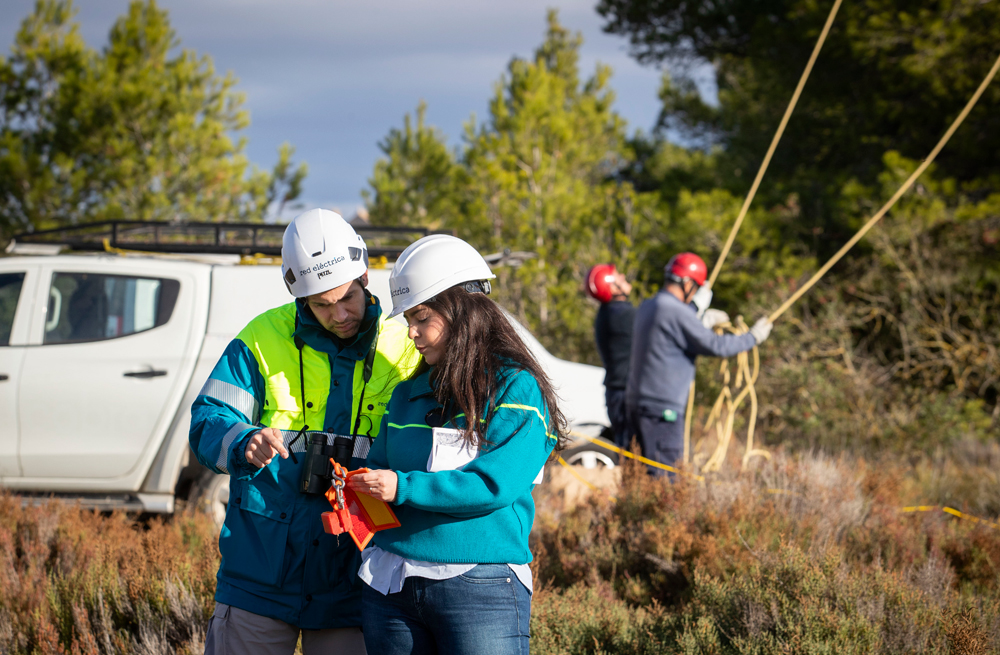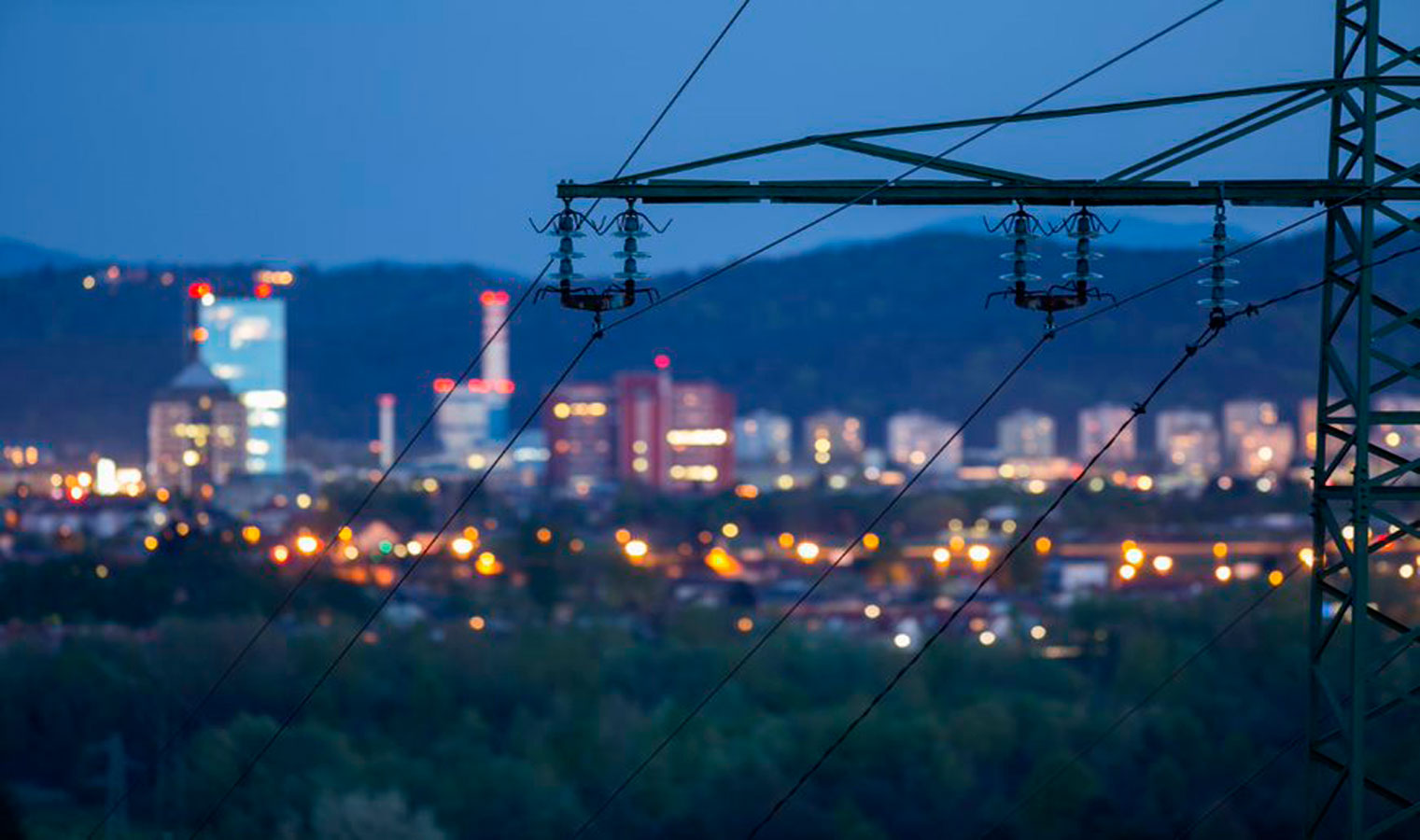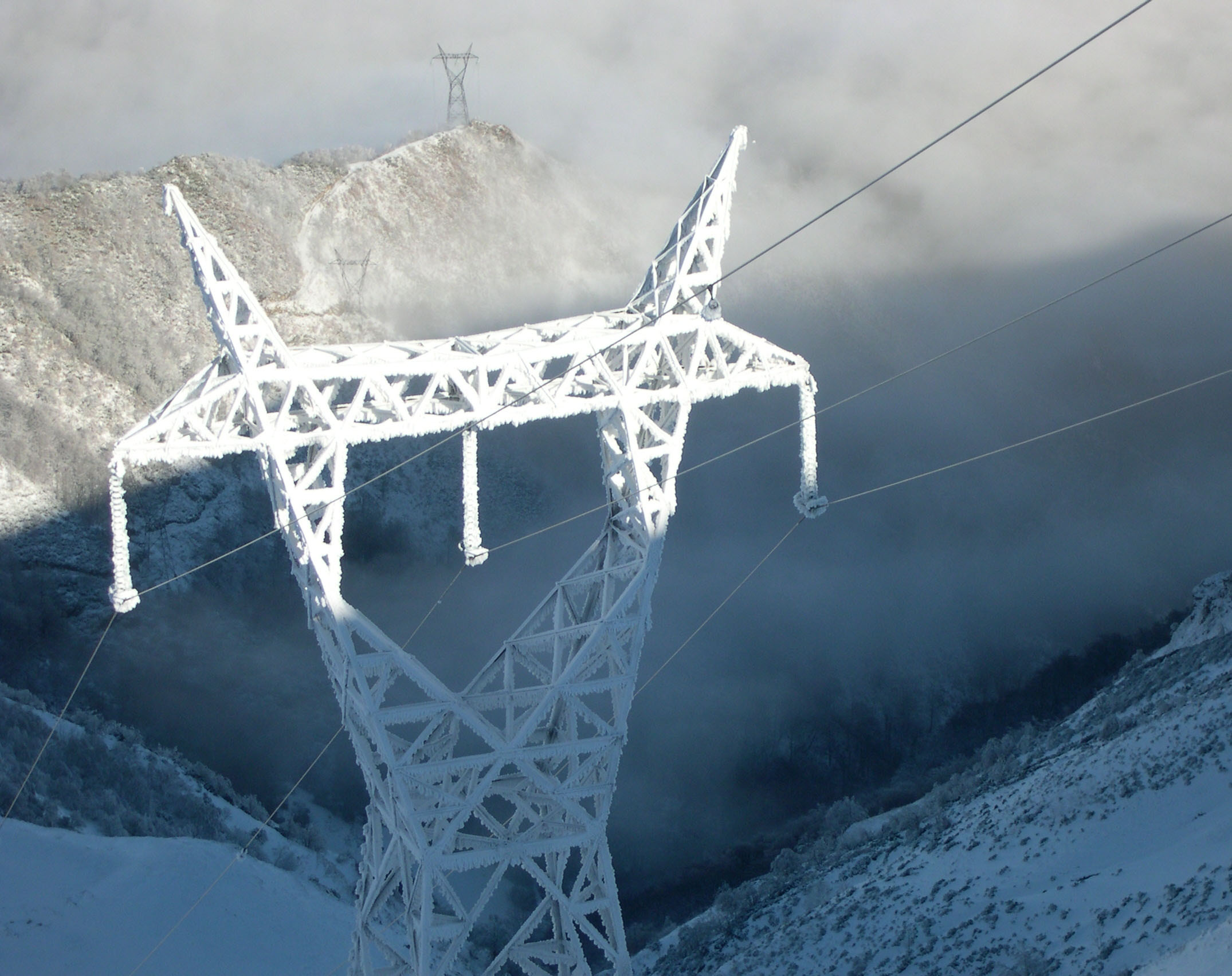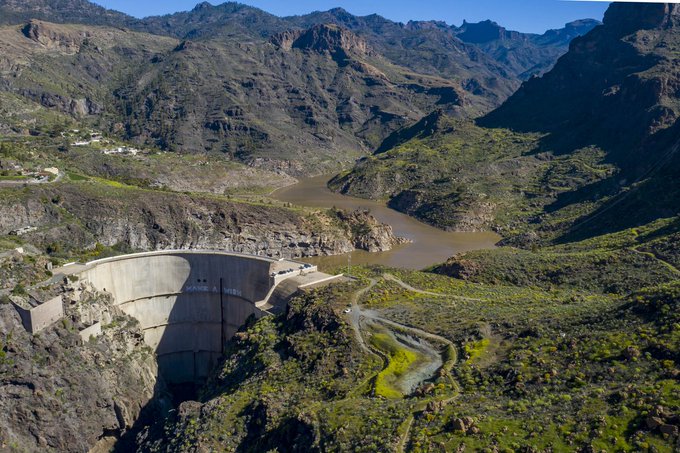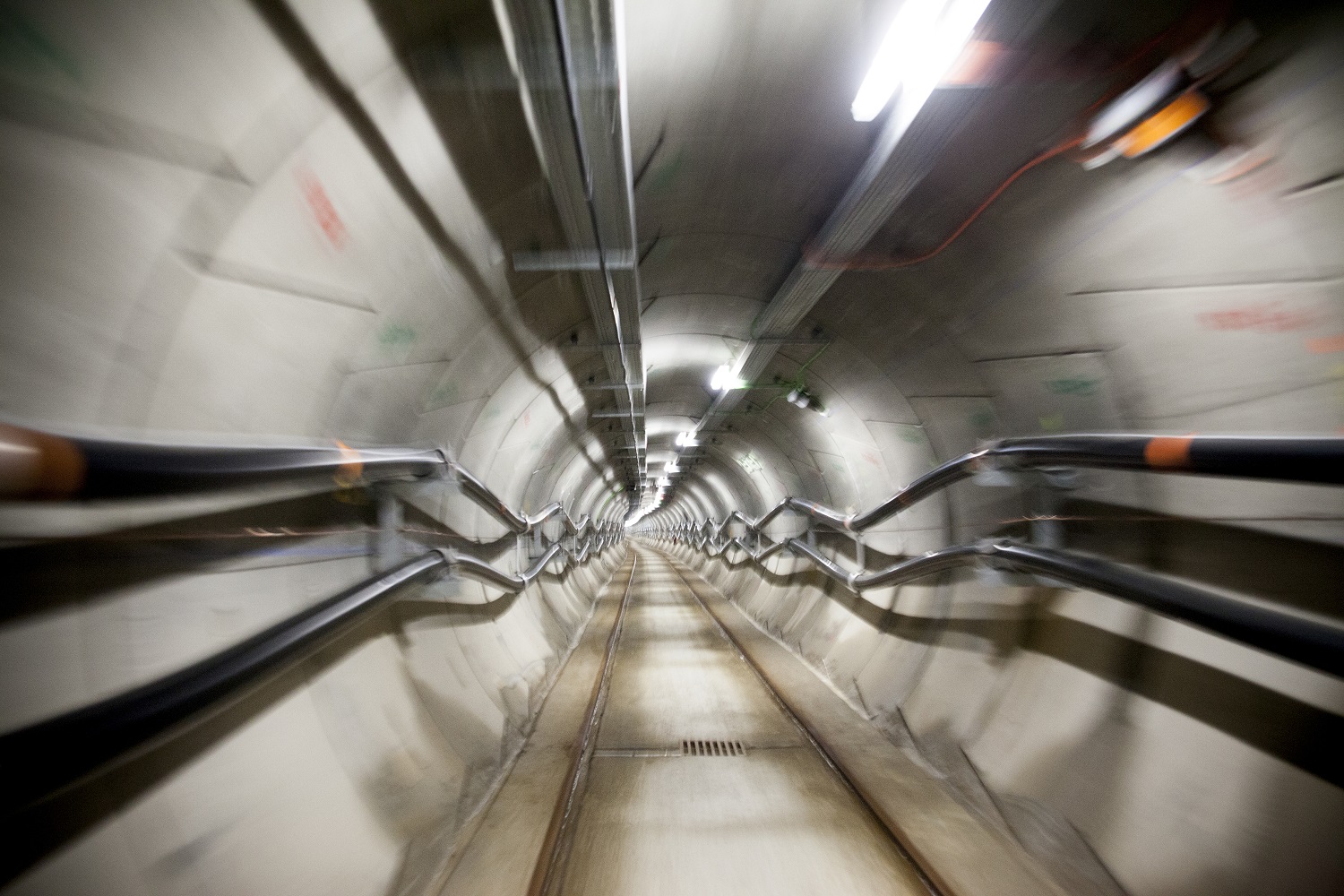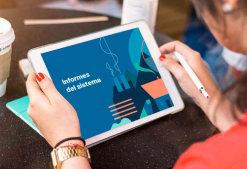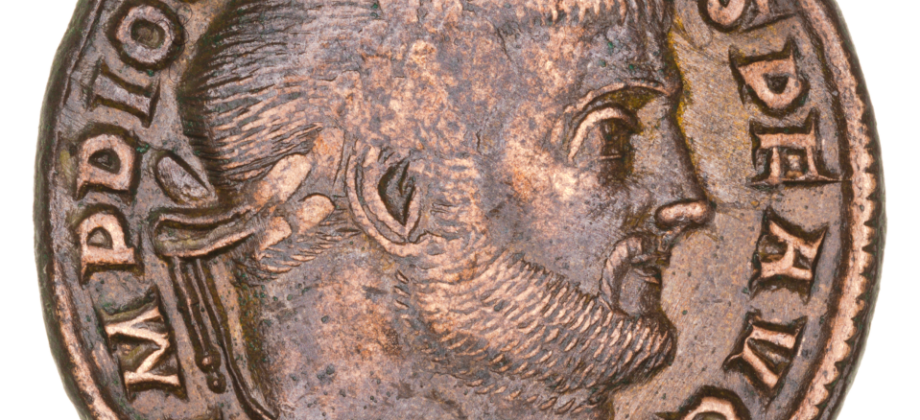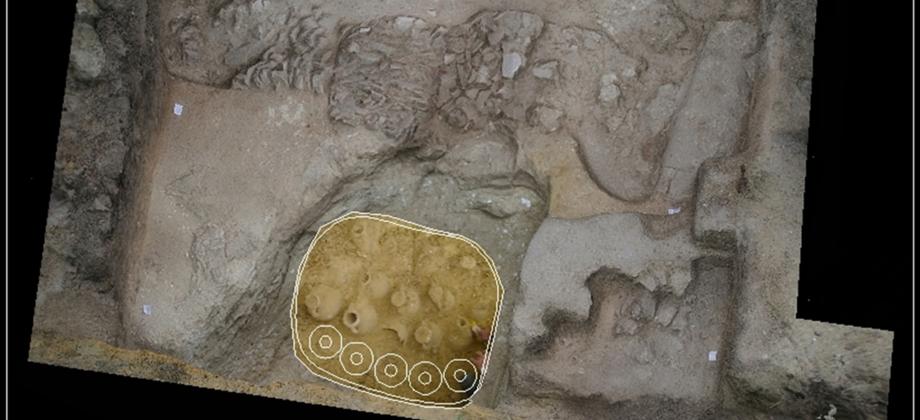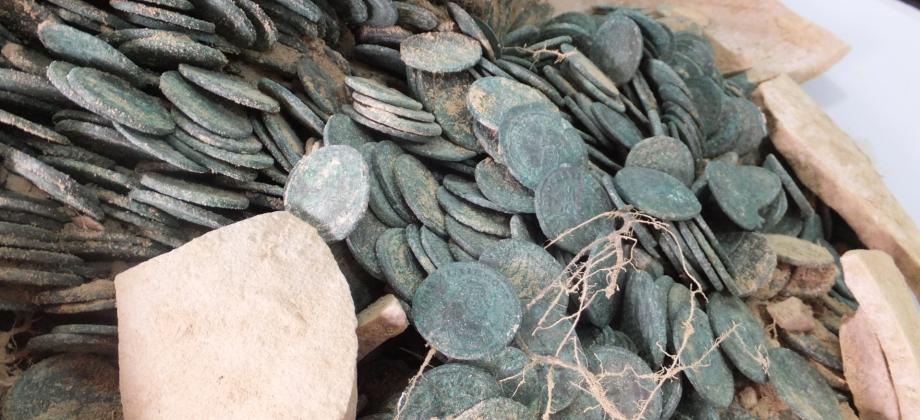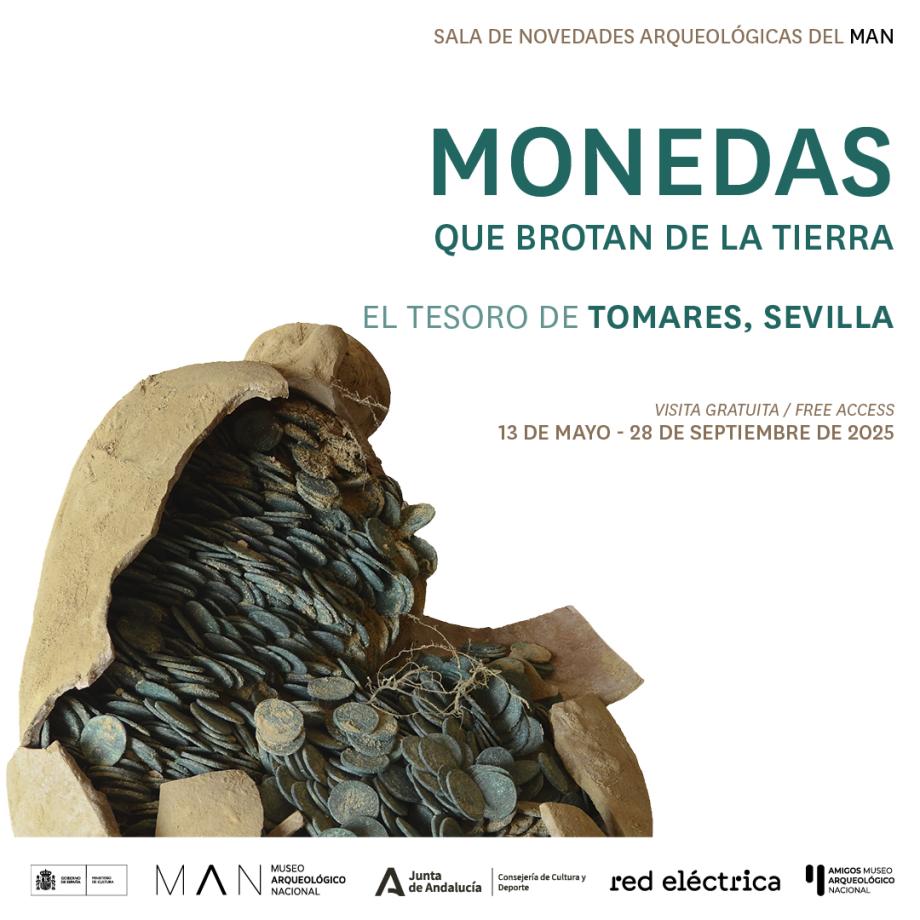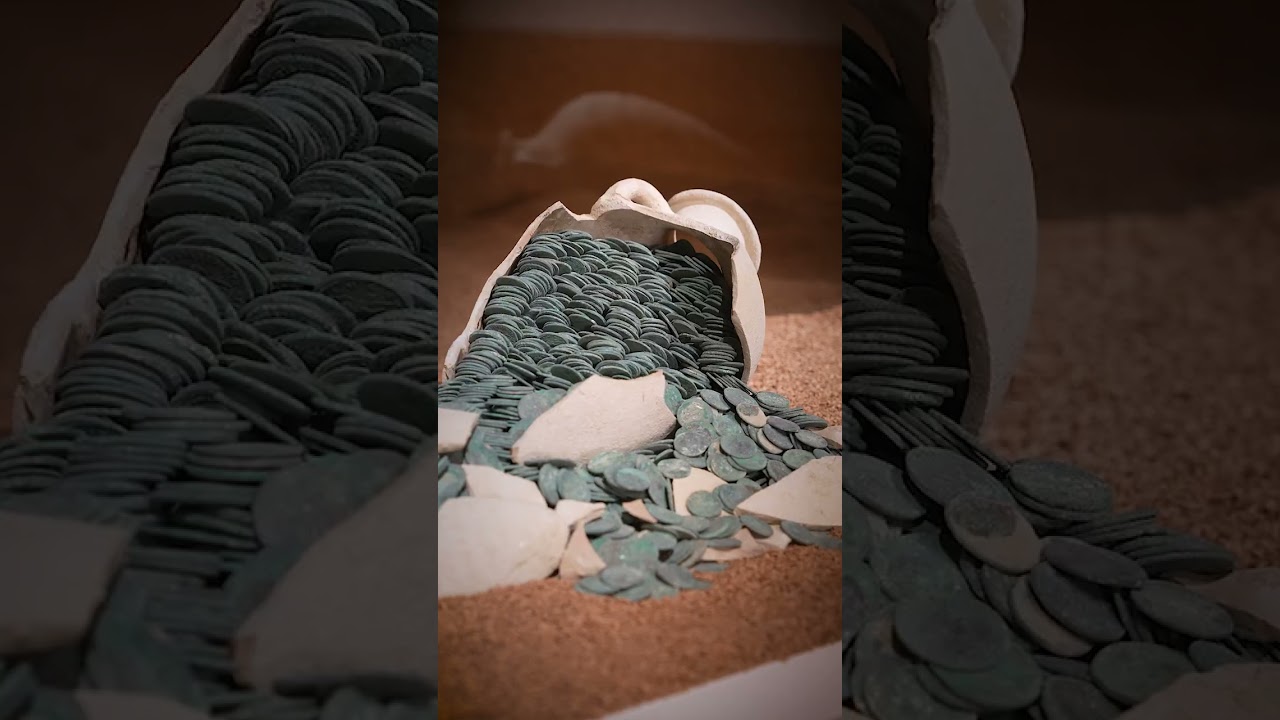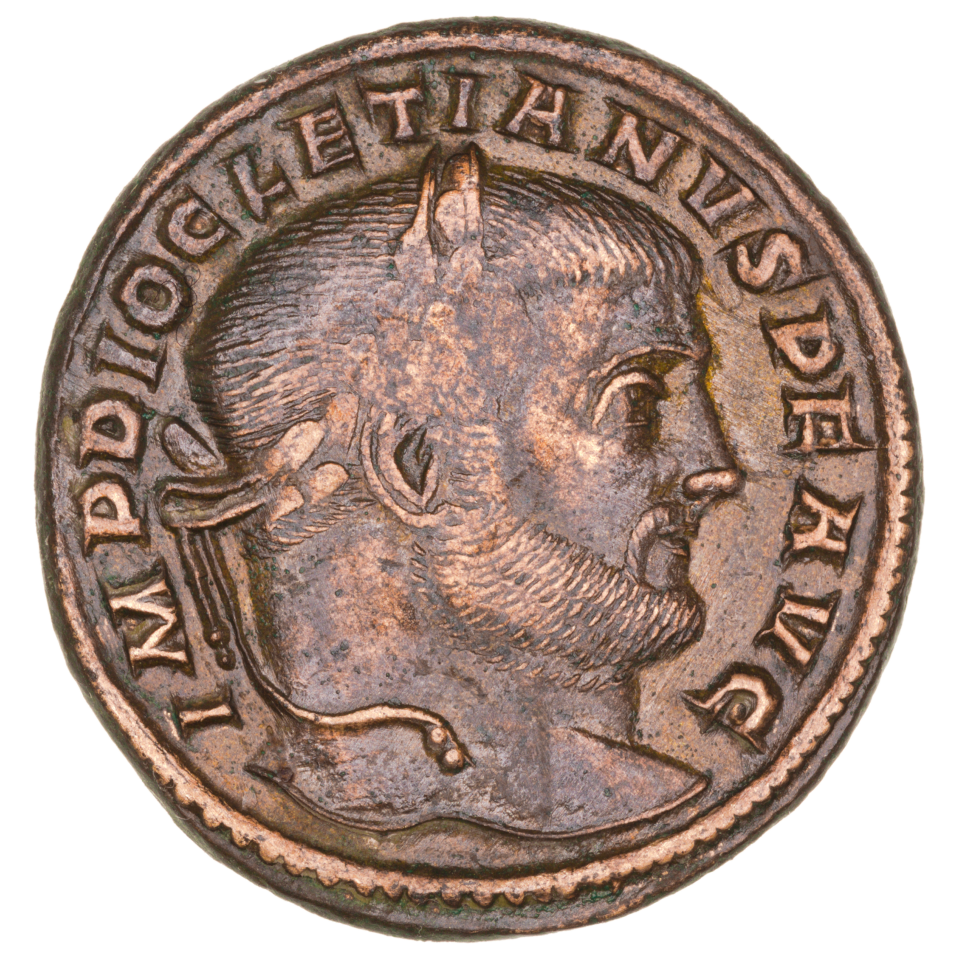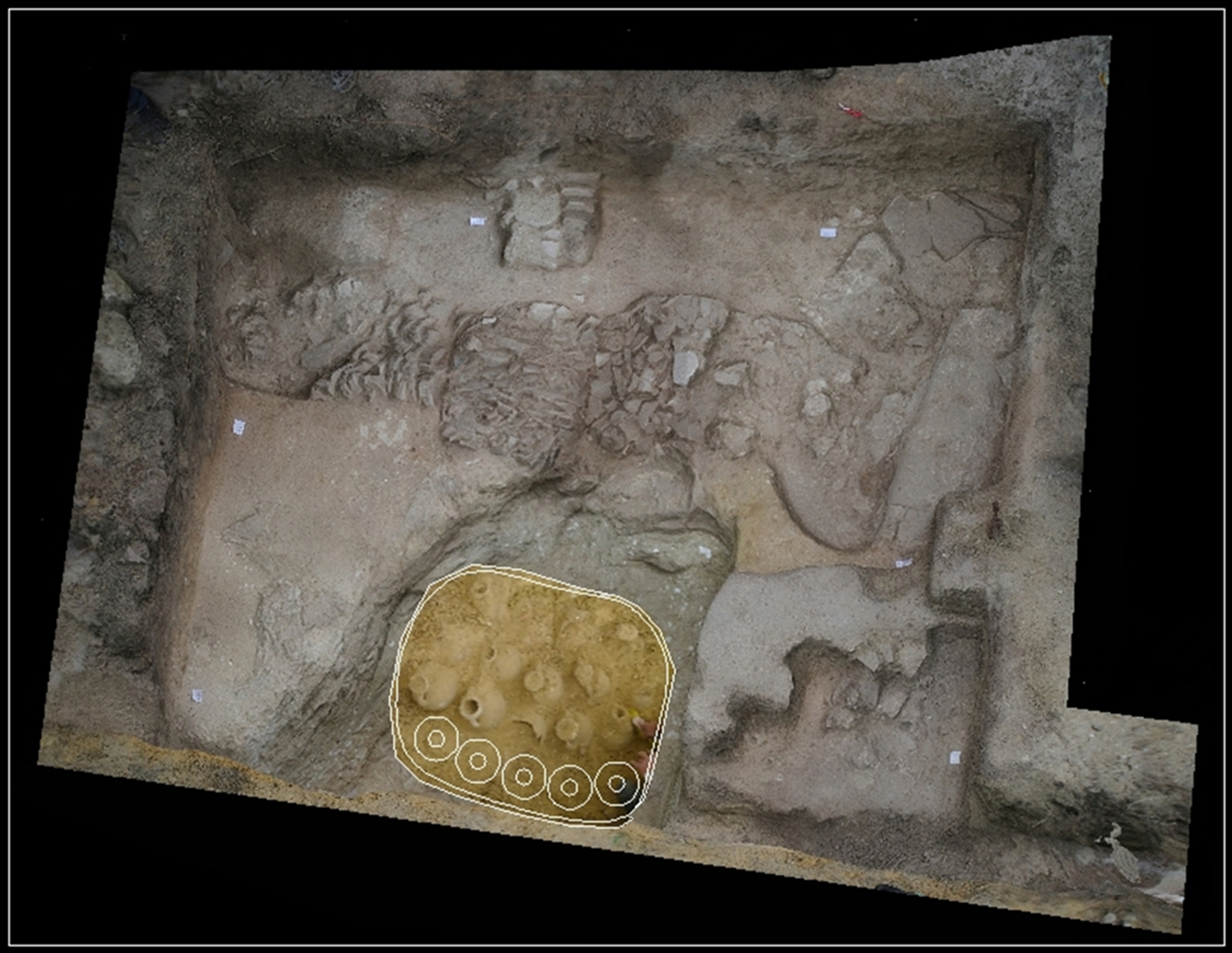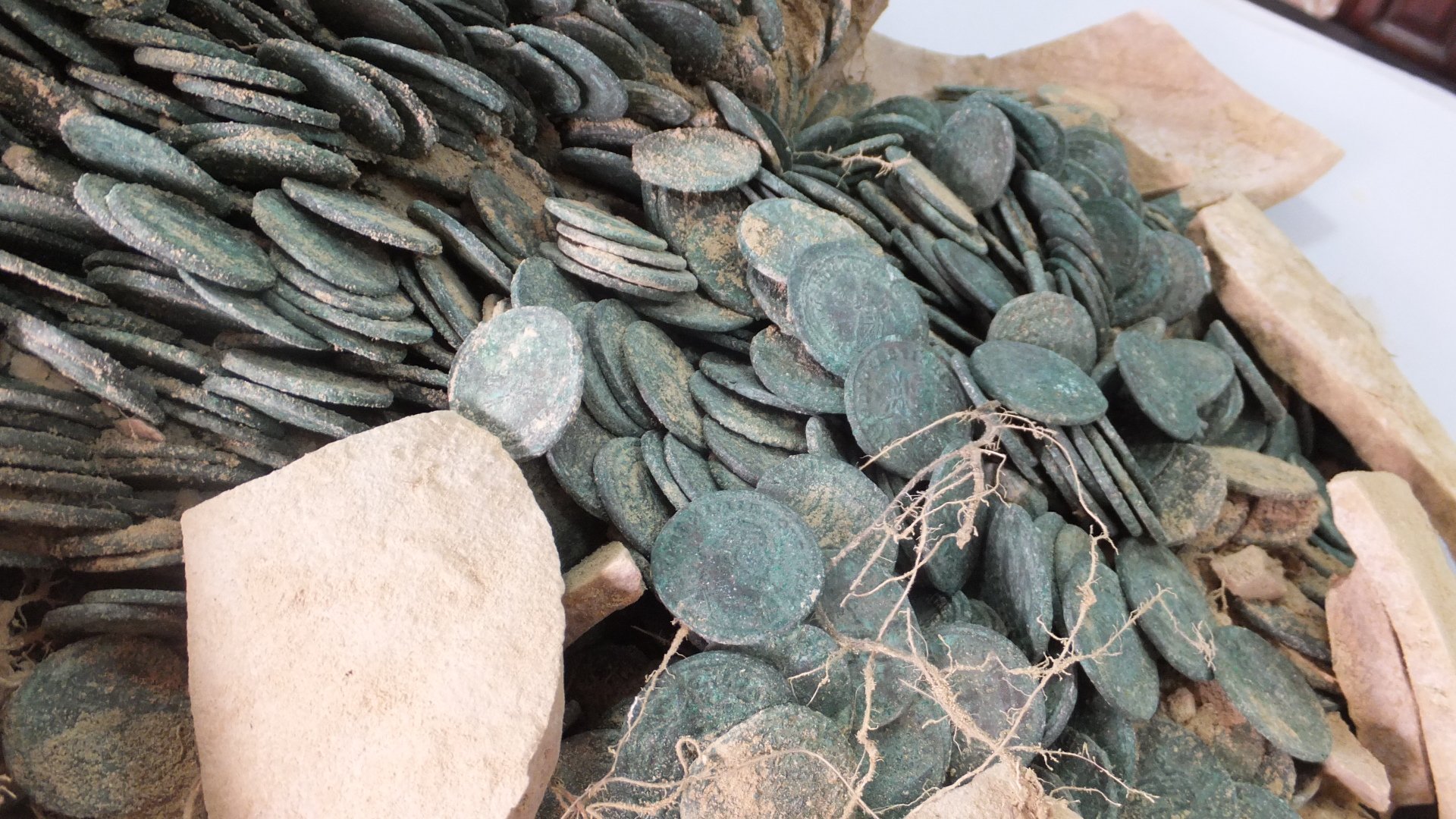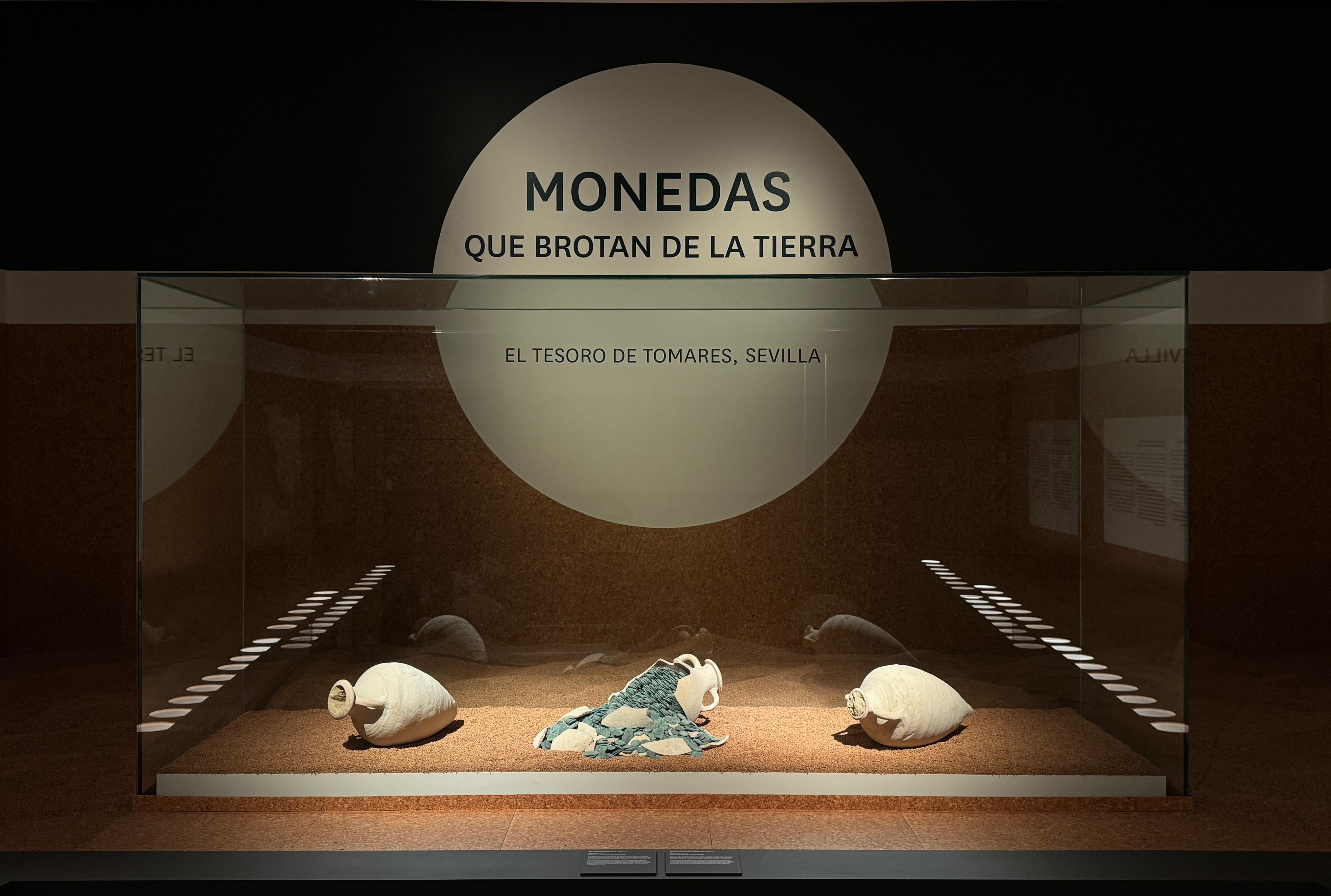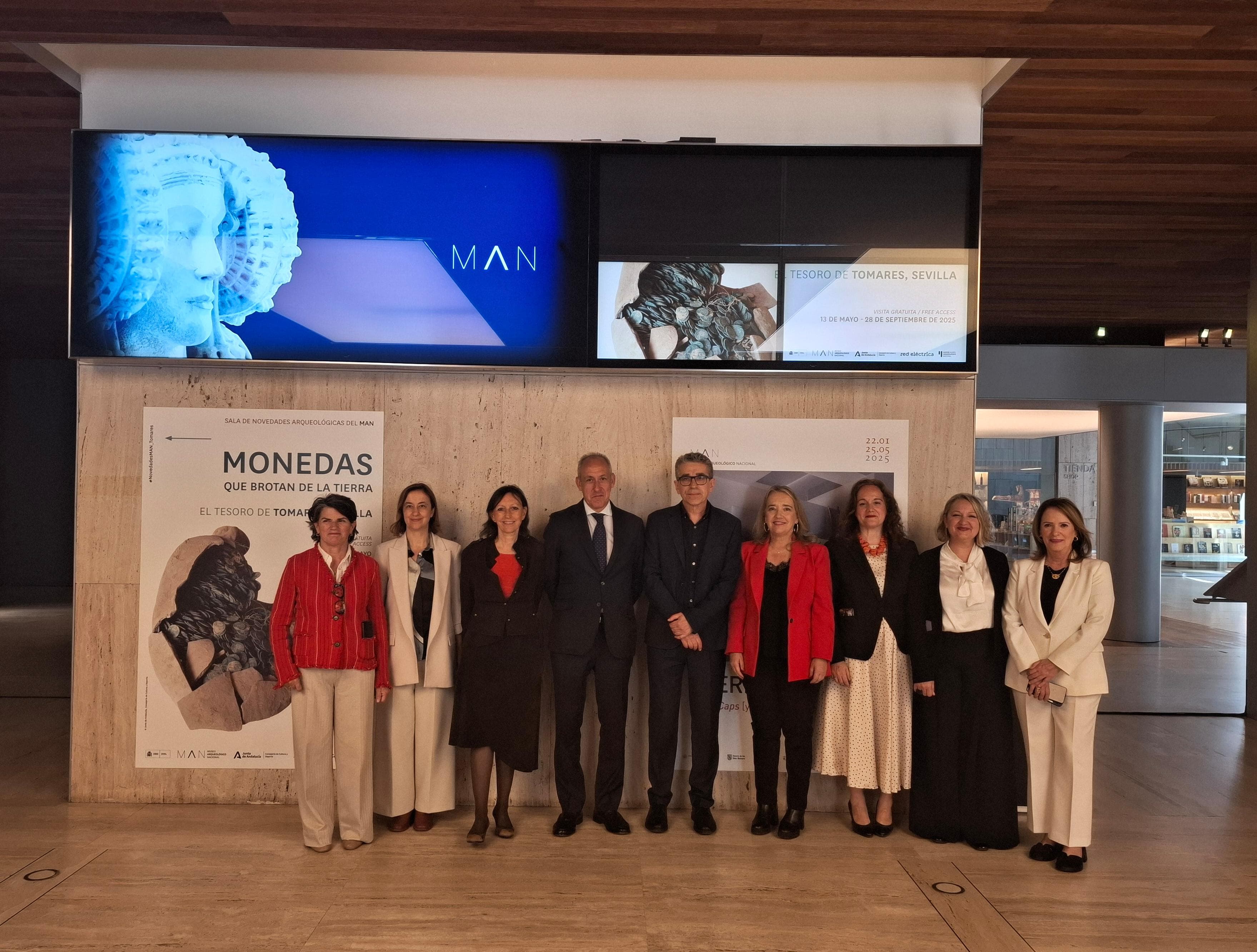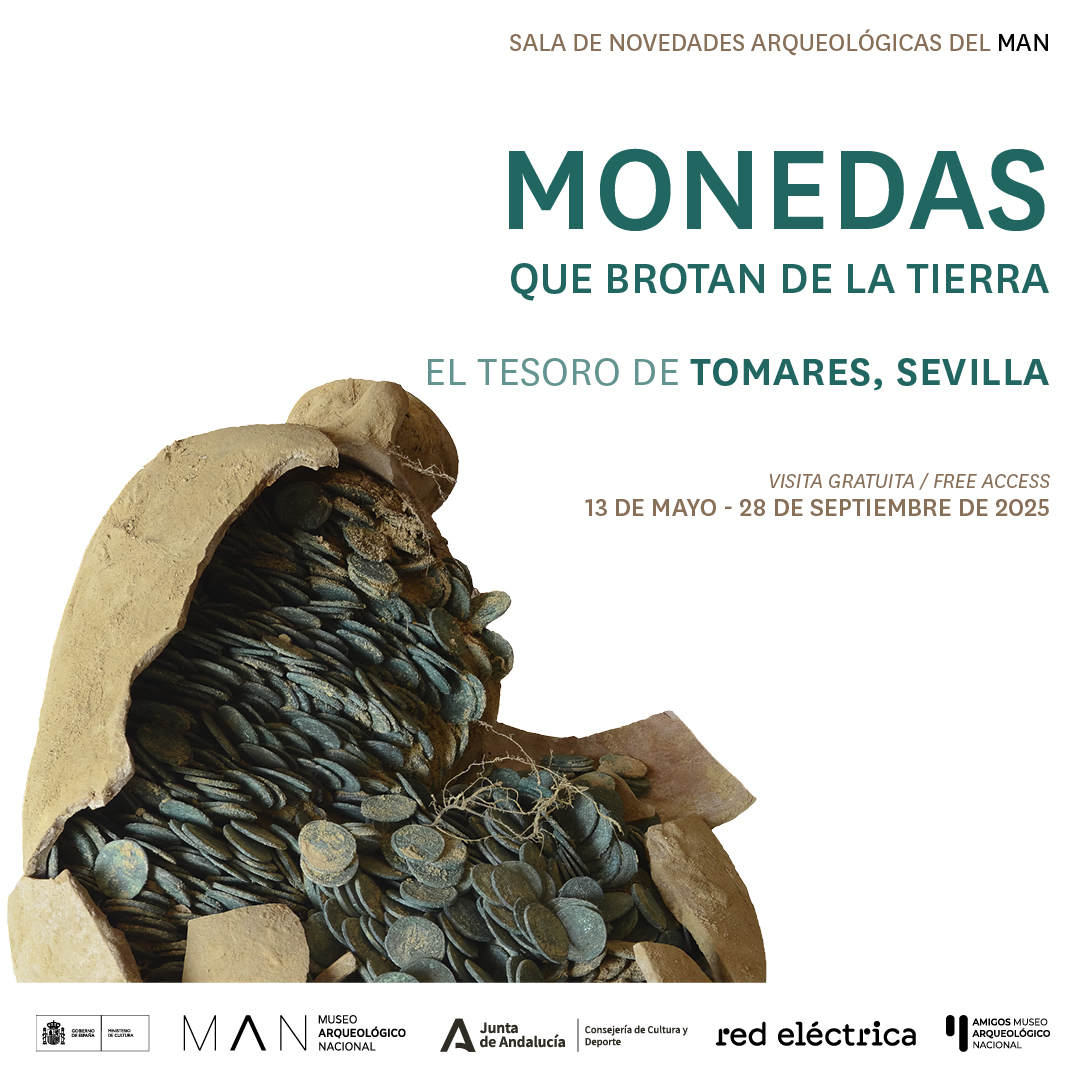For 40 years, we've been driving our country's economic and social progress. Four decades shaping Spain.
Red Eléctrica is collaborating with the National Archaeological Museum to stage a temporary exhibition of interesting archaeological findings from various regions across Spain in its New Archaeological Findings Room.
This new stage of cooperation with this state museum is the result of our commitment to cultural heritage and the preservation of national heritage for future generations.
The exhibition features Roman treasures which had been hidden for 1700 years: ‘Coins that sprout from the soil. The treasure of Tomares de Sevilla’ exhibition is now open and can be visited free of charge from 13th May to 28th September.
Red Eléctrica is collaborating with the National Archaeological Museum to display this Sevillian treasure consisting of coins from Roman times, specifically from the late 3rd and early 4th centuries AD. It is the largest collection of Roman coins found in Spain and one of the largest in the world, open to the public. In fact, it is only surpassed by the larger coin collection found in Misurata (Libya).
The Treasure of Tomares is a recent find. It was discovered by chance during construction work in the Olivar del Zaudín Park, in Tomares (Seville). Investigations later confirmed that the site had been part of an olive estate in ancient Hispalis, which was Seville in the Roman era.
A total of nineteen oil amphorae, which were used to store over 50,000 coins, were found. Three of the original containers are now on display in the New Archaeological Findings Room. Two are still sealed and their contents are intact. The third is broken, and it has yielded almost 2,800 coins.
The exhibition also features silver-plated bronze pieces bearing the likenesses of the nine emperors who ruled during this period, as well as seven items considered unique due to their exceptional iconography.
This extraordinary collection offers some extremely valuable insights into the economy, society, and politics during the Tetrarchy period, which marks the end of the 3rd century crisis - a crucial moment in history that remains the subject of ongoing study today.
The exhibition has been staged in collaboration with the Government of Andalusia, Red Eléctrica and Association of Friends of the National Archaeological Museum (Amigos del Museo Arqueológico Nacional - AMAN).

